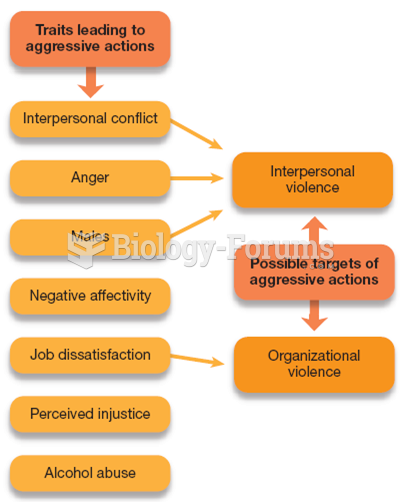Answer to Question 1
D
Answer to Question 2
Answer:
Employee selection - The selection process (interviews, tests, and background checks) can be viewed as an opportunity to learn about an individual's level of moral development, personal values, ego strength, and locus of control. However, a carefully designed selection process is not foolproof and, even under the best circumstances, individuals with questionable standards of right and wrong may be hired. Such an issue can be overcome if other ethics controls are in place.
Code of ethics and decision rules - A code of ethics is a formal statement of an organization's values and the ethical rules it expects employees to follow. It is a popular choice for reducing ambiguity about what is and is not ethical.
Leadership - Doing business ethically requires a commitment from top managers. They are the ones who uphold the shared values and set the cultural tone. They are role models in terms of both words and actions. Top managers also set the tone by their reward and punishment practices. The choices of whom and what are rewarded with pay increases and promotions send a strong signal to employees.
Job goals and performance appraisal - Under the stress of unrealistic goals, otherwise ethical employees may feel they have no choice but to do whatever is necessary to meet those goals. Also, goal achievement is usually a key issue in performance appraisal. If performance appraisals focus only on economic goals, ends will begin to justify means. To encourage ethical behavior, both ends and means should be evaluated.
Independent social audits - These evaluate decisions and management practices in terms of the organization's code of ethics. To maintain integrity, auditors should be responsible to the company's board of directors and present their findings directly to the board. This arrangement gives the auditors clout and lessens the opportunity for retaliation from those being audited.
Protective mechanisms - Employees who face ethical dilemmas need protective mechanisms so they can do what is right without fear of reprimand. An organization might designate ethical counselors for employees facing an ethics dilemma. Many organizations appoint ethics officers who design, direct, and modify the organization's ethics programs as needed.







